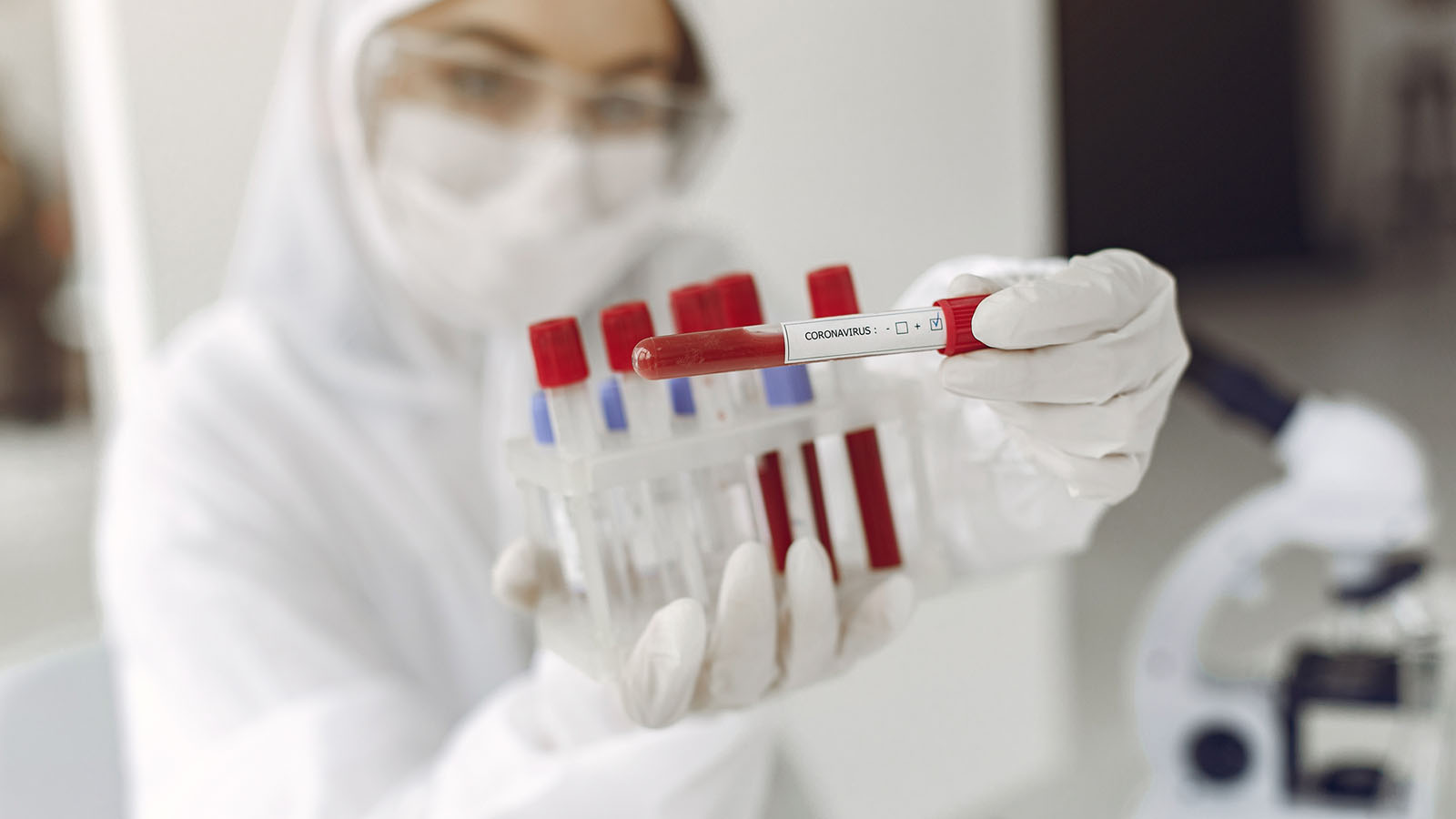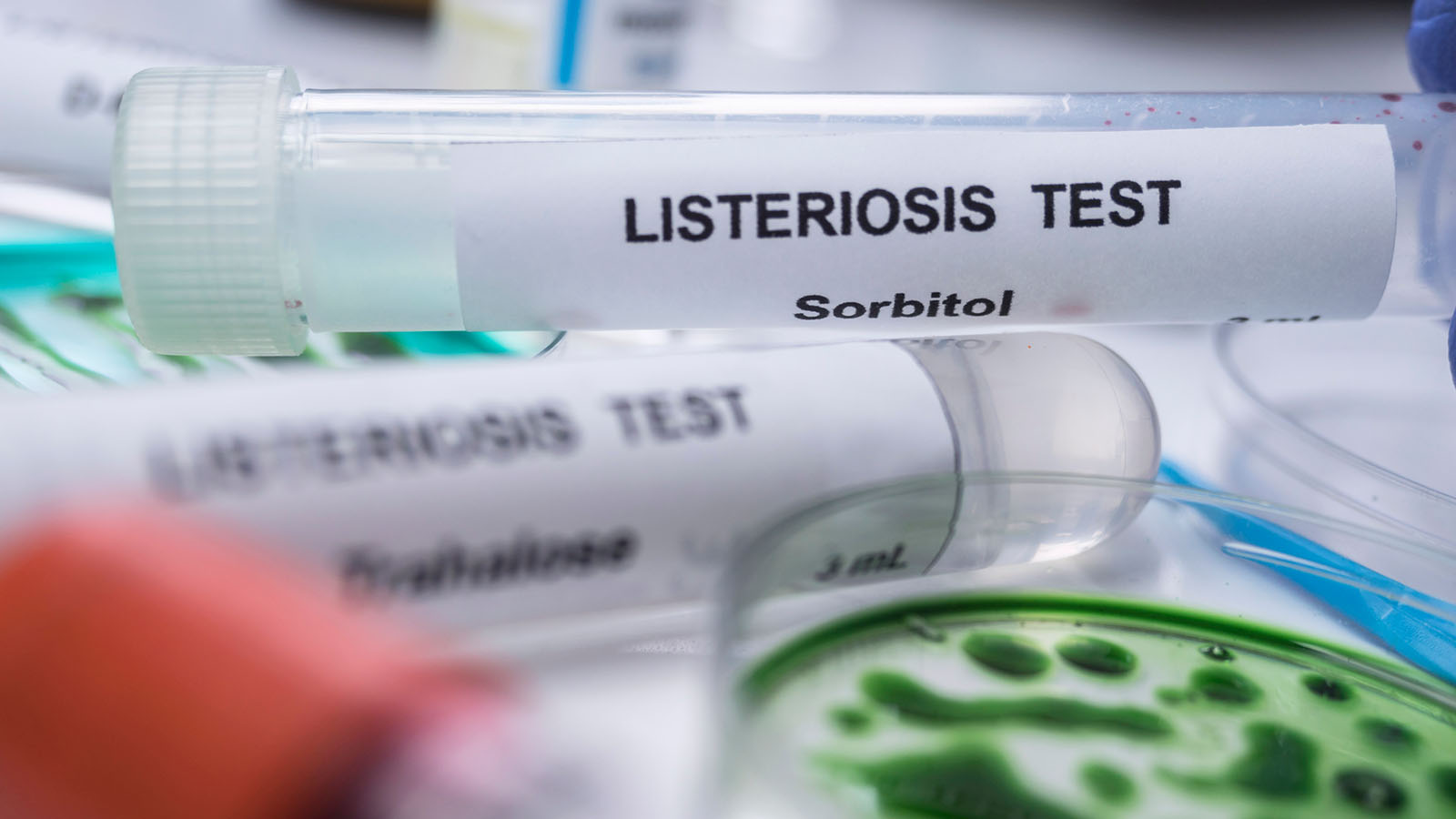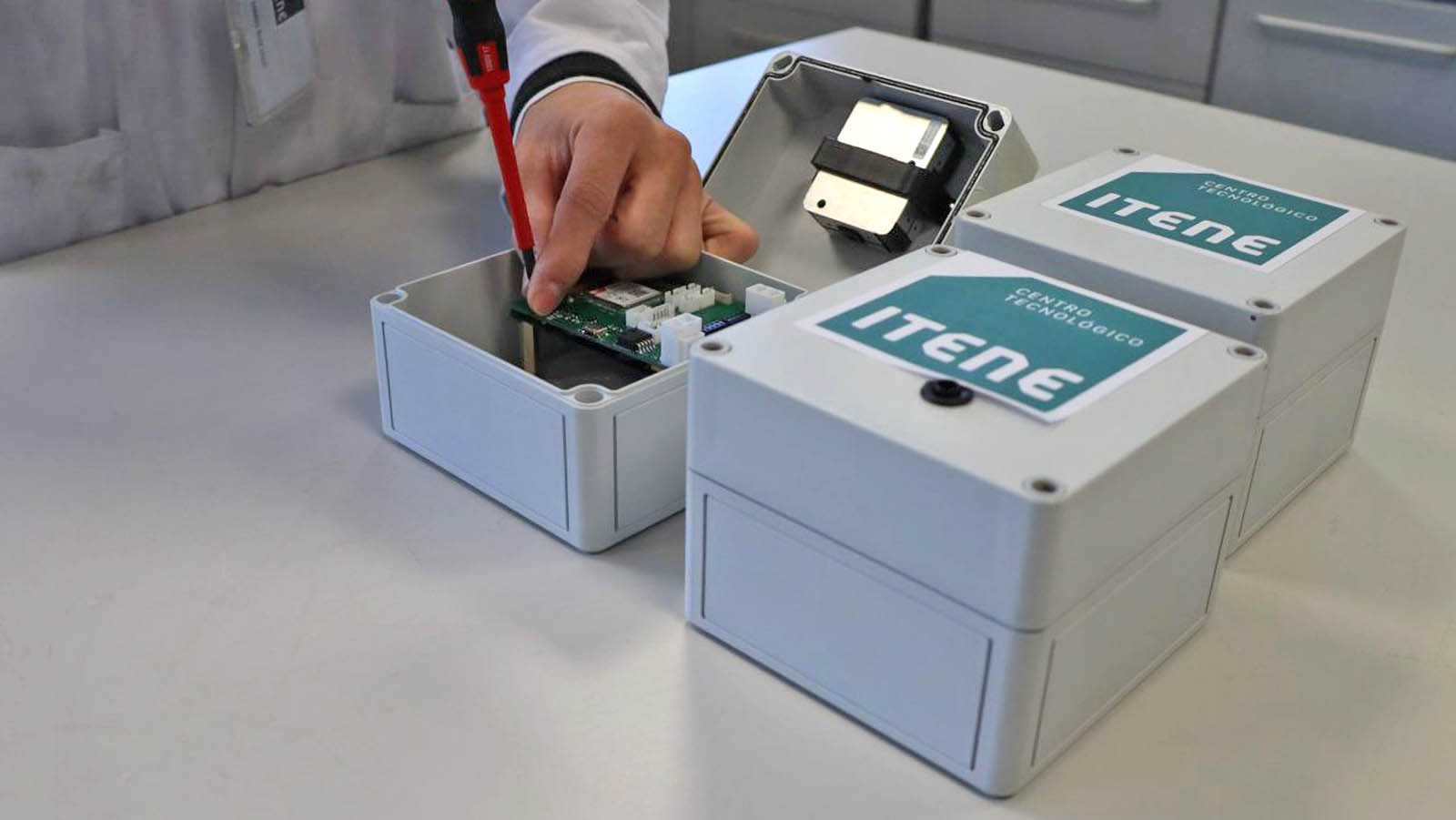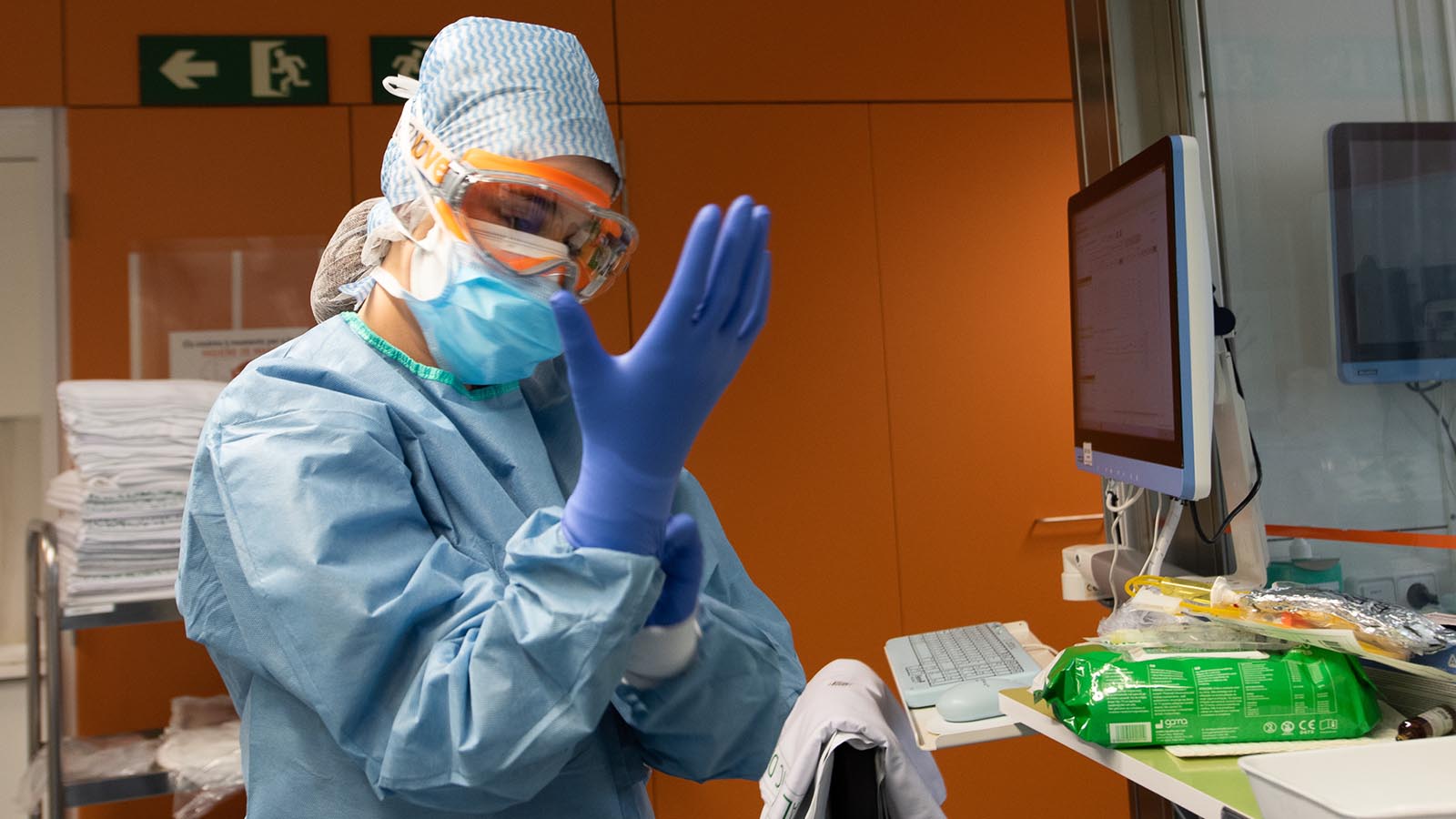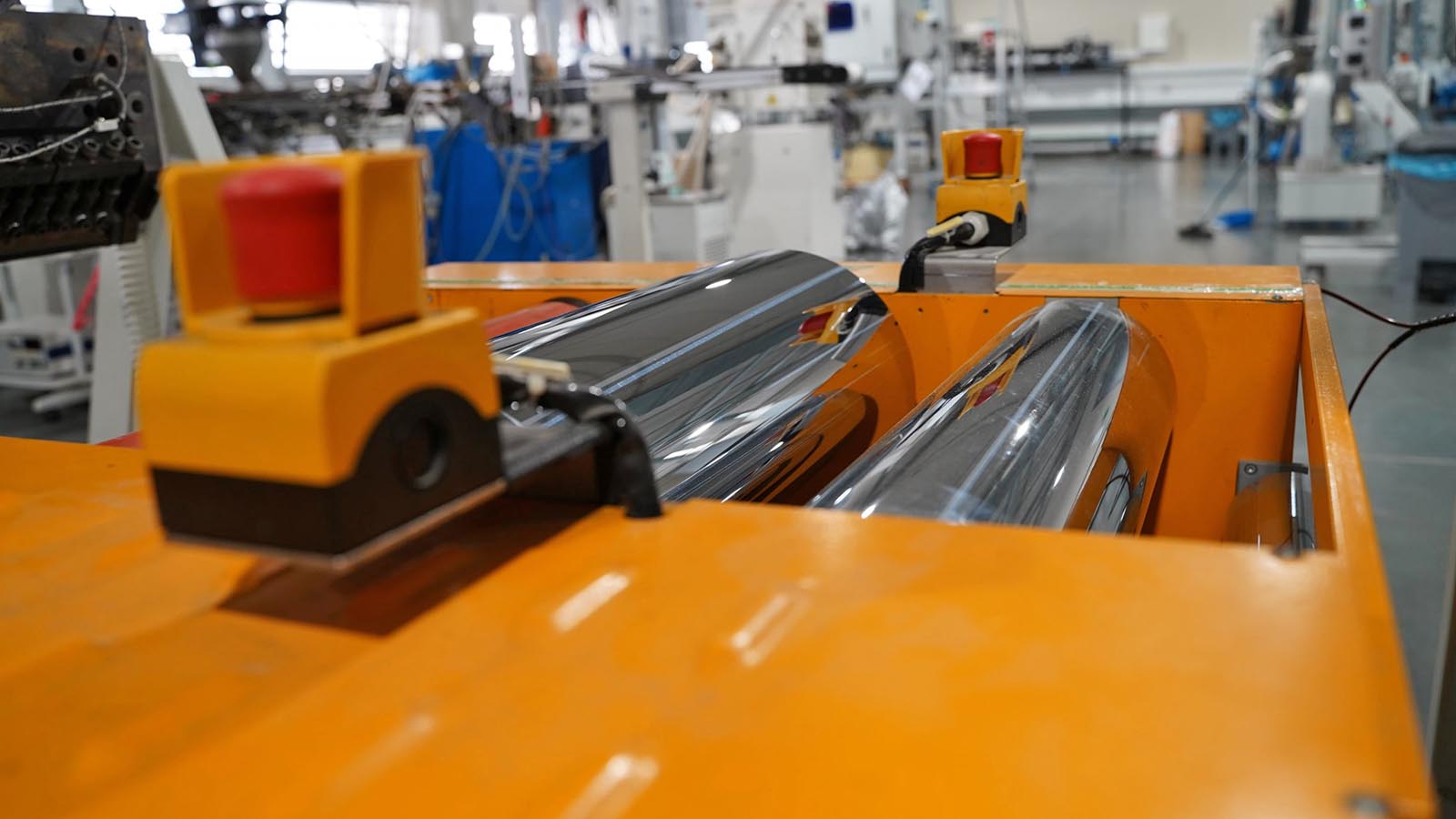Biosensors to detect pollutants
Detecting pathogens in the air, on surfaces or in matrices such as tap water and wastewater is crucial to preventing health risks. In recent years, one of the best and most popular tools on the market is biosensors. These analytical devices have major advantages over traditional analytical methods, notably their rapid response, specificity and sensitivity.
Biosensors provide a highly appealing solution to control and prevent outbreaks of airborne, waterborne and surface-borne infections by enabling in-situ monitoring. Their versatility also enables customised devices to be designed and they can be built into integrated sampling systems. At ITENE we use biosensors to detect pathogens, pollutants and chemical compounds.
Pollution prevention, control and mitigation
At ITENE we develop technological solutions to meet the challenges of industry and society in terms of the health and safety of products and processes in a number of areas. We draw on high sensitivity and specificity biosensors to detect pathogens and pollutants. Specifically, we work on:
- New biosensors for detecting pathogens, including bacteria, viruses and fungi in the air, on surfaces and in liquid matrices, especially water.
- New biosensors for detecting relevant chemical compounds such as drugs and pesticides whose presence may pose a health risk.
- New biosensors for use in critical infrastructures including hospital and educational environments, targeted at detecting airborne viruses and bacteria.
- Developing models for predicting potential adverse health outcomes.
- Developing pollution containment/mitigation measures.
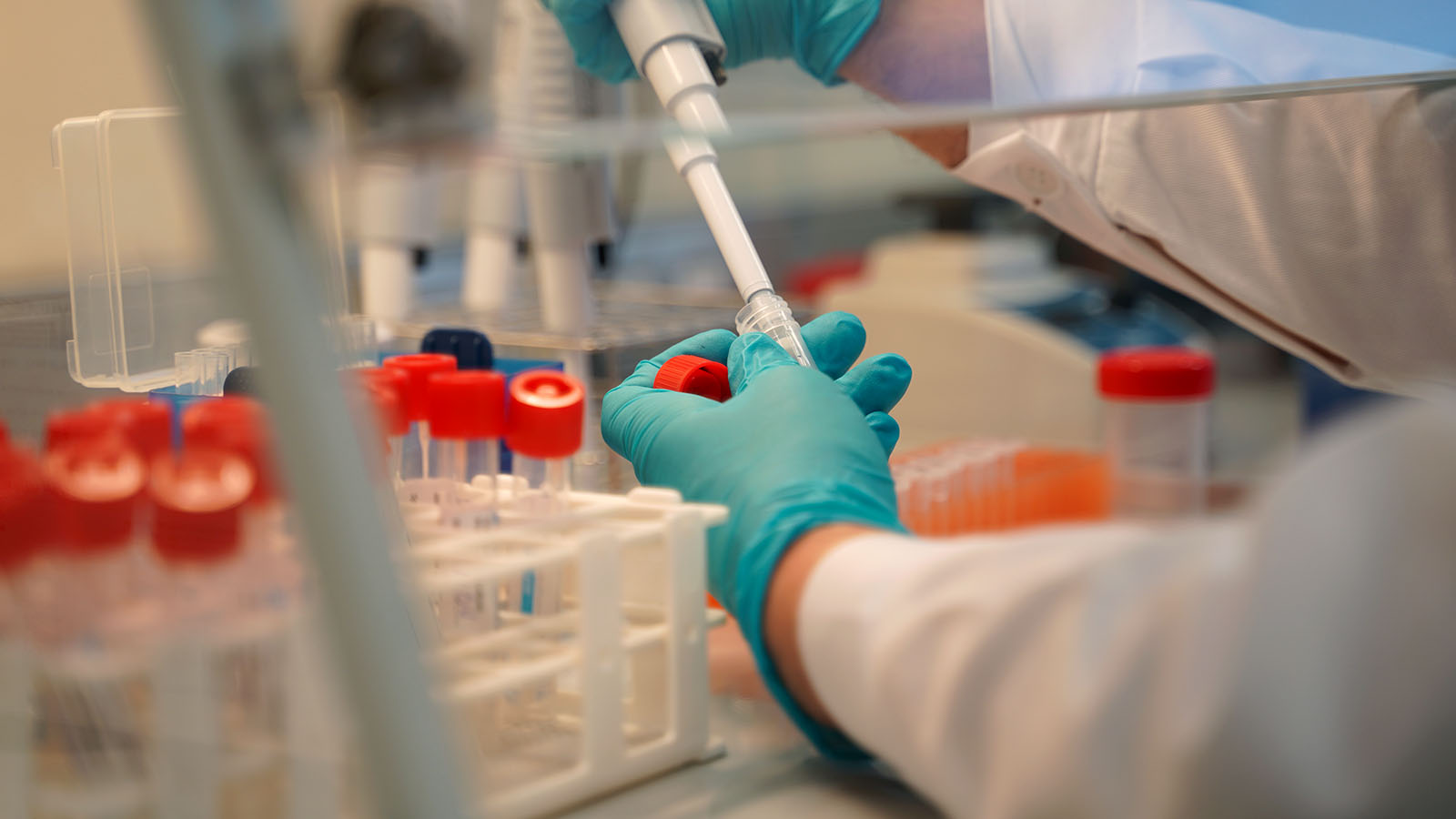
Addressing industry and society challenges
The main advantages of biosensors are that they are scalable, low-cost production systems which can detect a pathogen in less than 30 minutes. Thus, they deliver a range of benefits and outcomes which address the challenges and needs of industry and society:
- Early pathogen detection.
- Exposure and contagion prevention.
- Fewer food safety alerts.
- Fewer infections.
Biosensor solutions
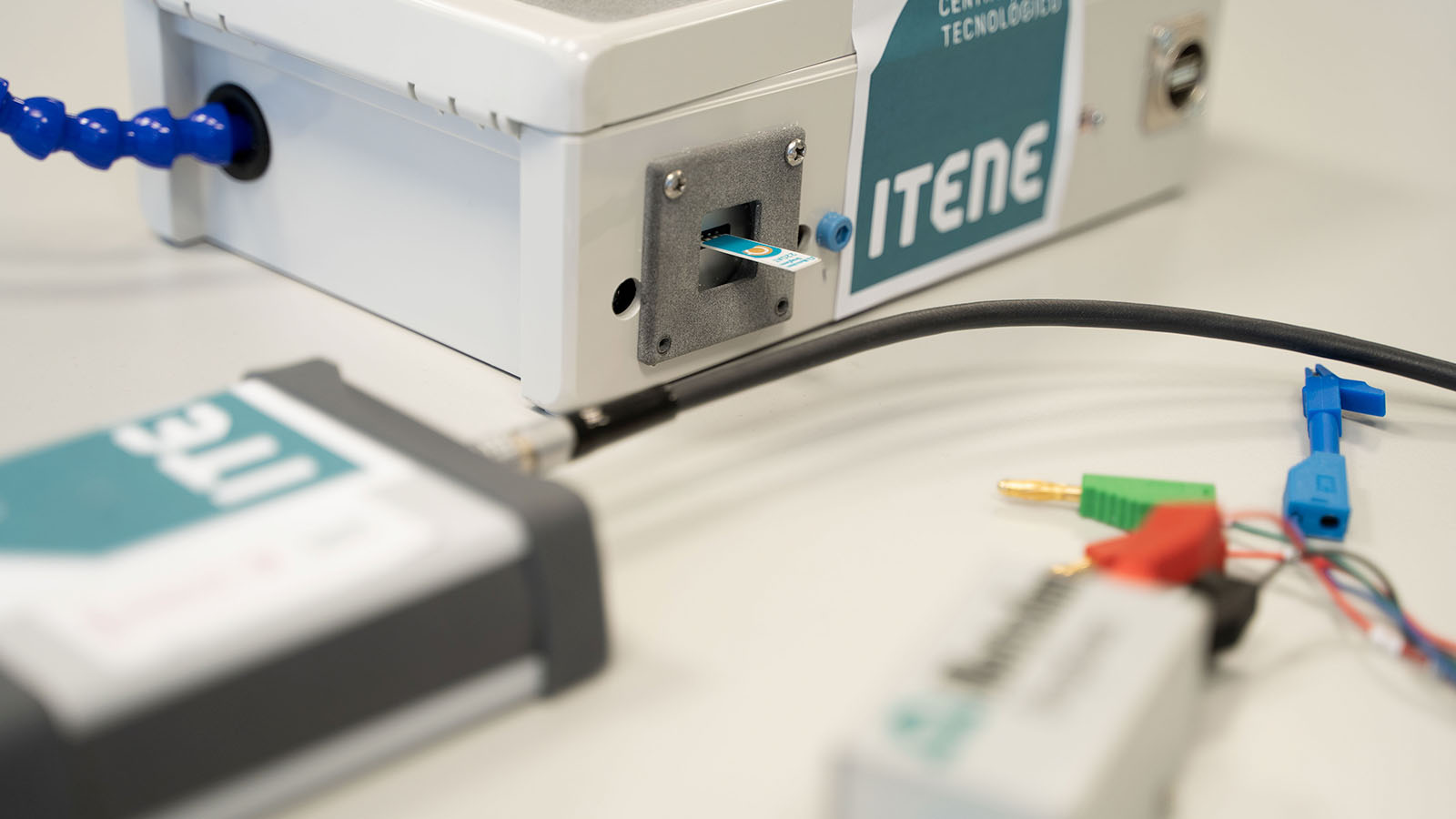
Biosensors for detecting SARS-CoV-2
Colorimetric and electrochemical biosensors for detecting SARS-CoV-2 have also been developed which enable screening for the presence of pathogens in less than an hour. These biosensors can be adapted to different matrices and other pathogens or environments and are also cost-effective compared to other solutions.
Find out more about the VIRISENS project.
Biosensors for Listeria and E. coli detection
A highly sensitive and selective electrochemical biosensor based on a combination of nanomaterials and biomolecules for surface recognition and detection of Listeria and E. coli has been developed together with a colorimetric biosensor in solution (colloidal) for early detection of E. coli and Listeria.
Find out more about the BESAFE project.
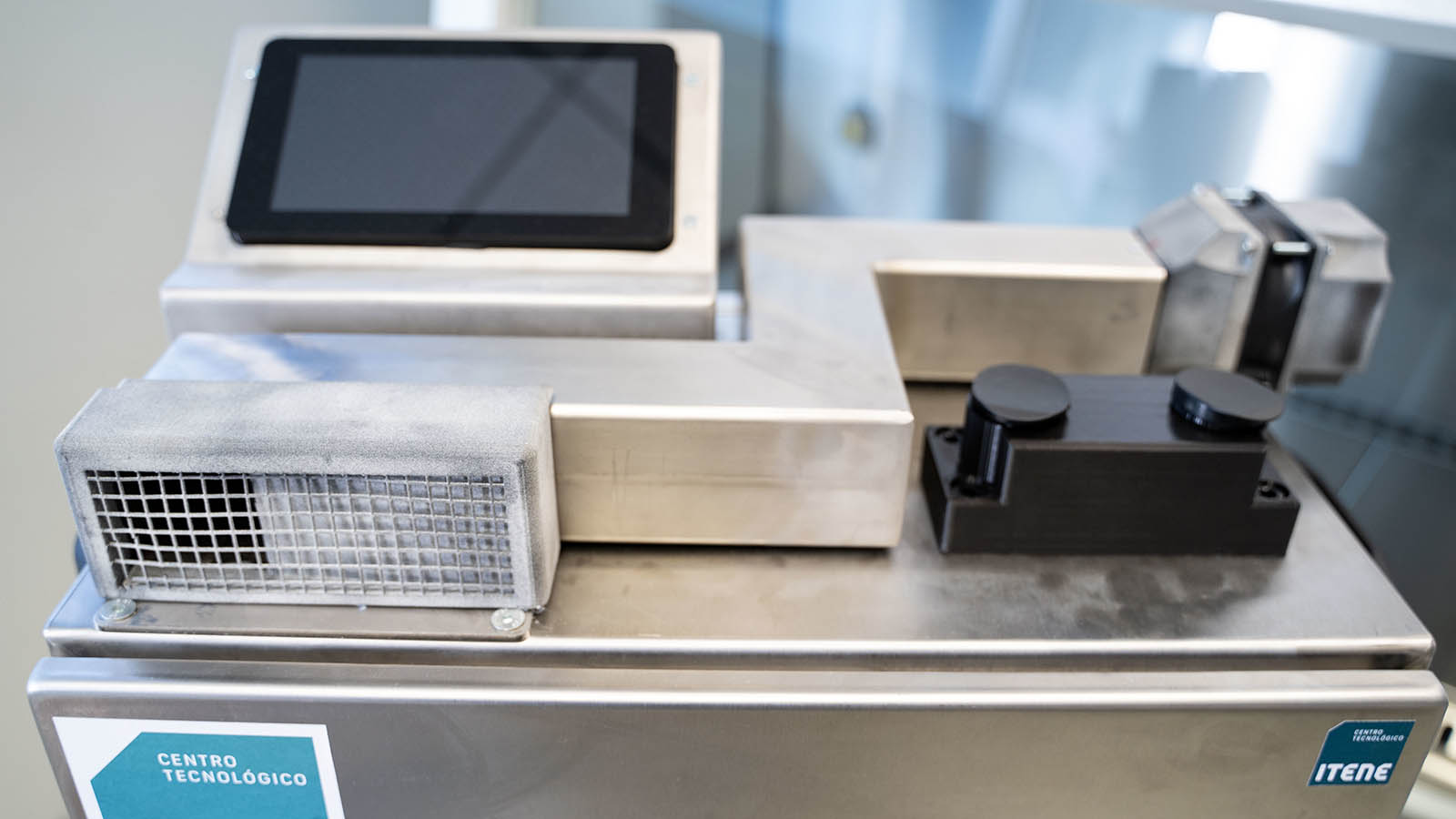
-
How can I help you?
Carlos Fito
